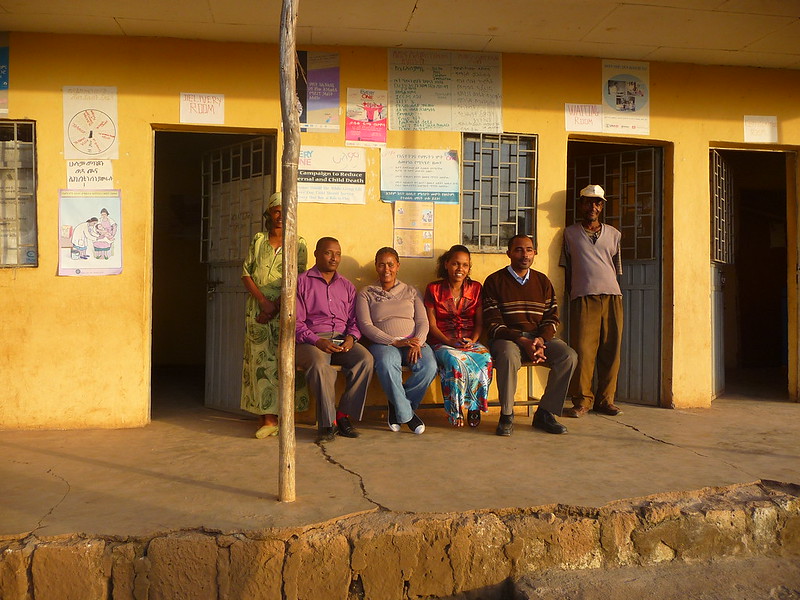Looking Back: 5 Influential Global Poverty Reduction Acts
 The United States (U.S.) has demonstrated its commitment to prioritizing global poverty reduction legislation. In recent years, the U.S. Congress has enacted significant bills aimed at reducing global poverty, with its impact resonating worldwide. So far, these efforts underscore the success of U.S. global poverty reduction acts and their ongoing effectiveness into 2024.
The United States (U.S.) has demonstrated its commitment to prioritizing global poverty reduction legislation. In recent years, the U.S. Congress has enacted significant bills aimed at reducing global poverty, with its impact resonating worldwide. So far, these efforts underscore the success of U.S. global poverty reduction acts and their ongoing effectiveness into 2024.
5 Influential Global Poverty Reduction Acts
- BUILD Act. The Better Utilization of Investments Leading to Development Act, known as The BUILD Act of 2018, established the United States International Development Finance Corporation to boost economic growth in developing countries. In a Center for Strategic and International Studies interview with Congressman Andy Kim (D-NJ), the House representative applauded the millions of equity investments provided in Ukraine and Brazil. The BUILD Act, under the IDFC’s framework, is slated for reauthorization in 2025.
- Global Food Security Act. The Global Food Security Act of 2016 enhanced farmers’ access to both local and international markets. The act improves agricultural infrastructure and expands market opportunities in developing countries. This act has lifted millions of people out of poverty, building on the achievements of the landmark Feed the Future Act of 2010. In addition, Feed the Future reduced global hunger by 5.2 million. It elevated 23.4 million people from poverty and generated $15.3 billion in agricultural sales for farmers, among other successes. As a vital component of global poverty reduction legislation, the Global Food Security Act received reauthorization in 2018 and 2023.
- Global Malnutrition Prevention and Treatment Act. The Global Malnutrition Prevention and Treatment Act of 2022 equipped the United States Agency for International Development (USAID) with the resources to tackle food safety, fortification and health care systems, among other health-related challenges in developing countries. As of 2022, USAID’s health initiatives have benefited 32 million children and 11.6 million pregnant mothers.
- Global Fragility Act. The Global Fragility Act (GFA), enacted in 2019, aims to prevent violence in fragile countries. The Biden administration identified nine countries where the U.S. plans to mitigate domestic conflicts and violence. Additionally, these partnerships include efforts in Haiti, Libya, Mozambique, Papua New Guinea and Coastal West Africa—namely Benin, Côte d’Ivoire, Ghana, Guinea and Togo—targeting regions with significant conflict challenges.
- Protecting Girls’ Access to Education in Vulnerable Settings Act. The Protecting Girls’ Access to Education in Vulnerable Settings Act, enacted in 2019, mandates USAID to prioritize education for displaced girls. This legislation aims to enhance access to education for children, especially girls in countries where they face discrimination. In addition, it addresses the gap wherein a quarter of girls aged 15 to 19 worldwide lack access to formal education. This significantly limits their employment opportunities in the formal sector.
Fighting Global Poverty
The U.S. continues to lead global poverty reduction acts through impactful legislation. Crucial issues from food security to education and conflict resolution are being addressed. In addition, these acts represent a multifaceted approach to eradicating poverty. They showcase the U.S.’s dedication to fostering sustainable development and stability worldwide. As these programs move forward, their ongoing success and expansion offer hope for a future where global poverty is significantly diminished. They underscore the importance of continued support and innovation in tackling these challenges.
– Marley Wilson
Marley is based in Waltham, MA, USA and focuses on World News for The Borgen Project.
Photo: Flickr
